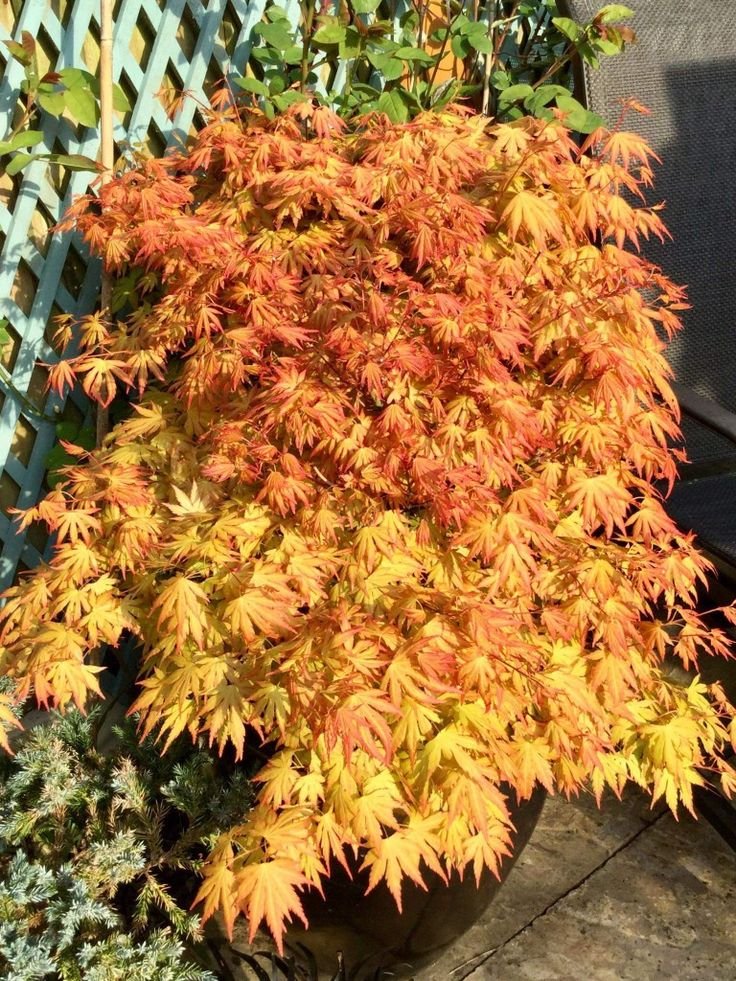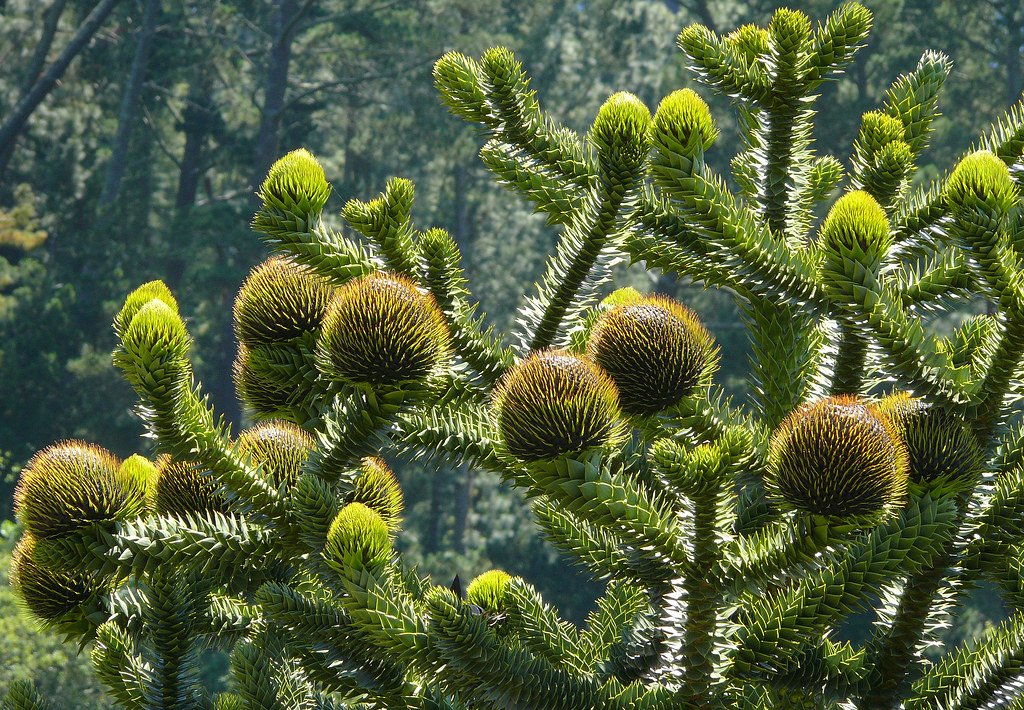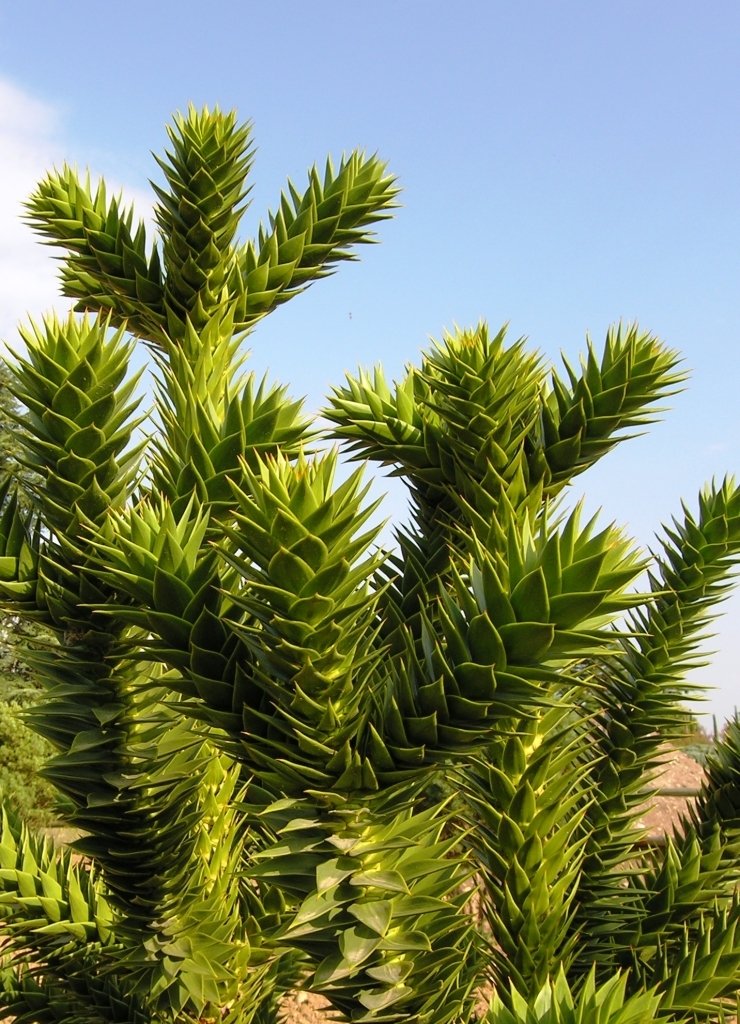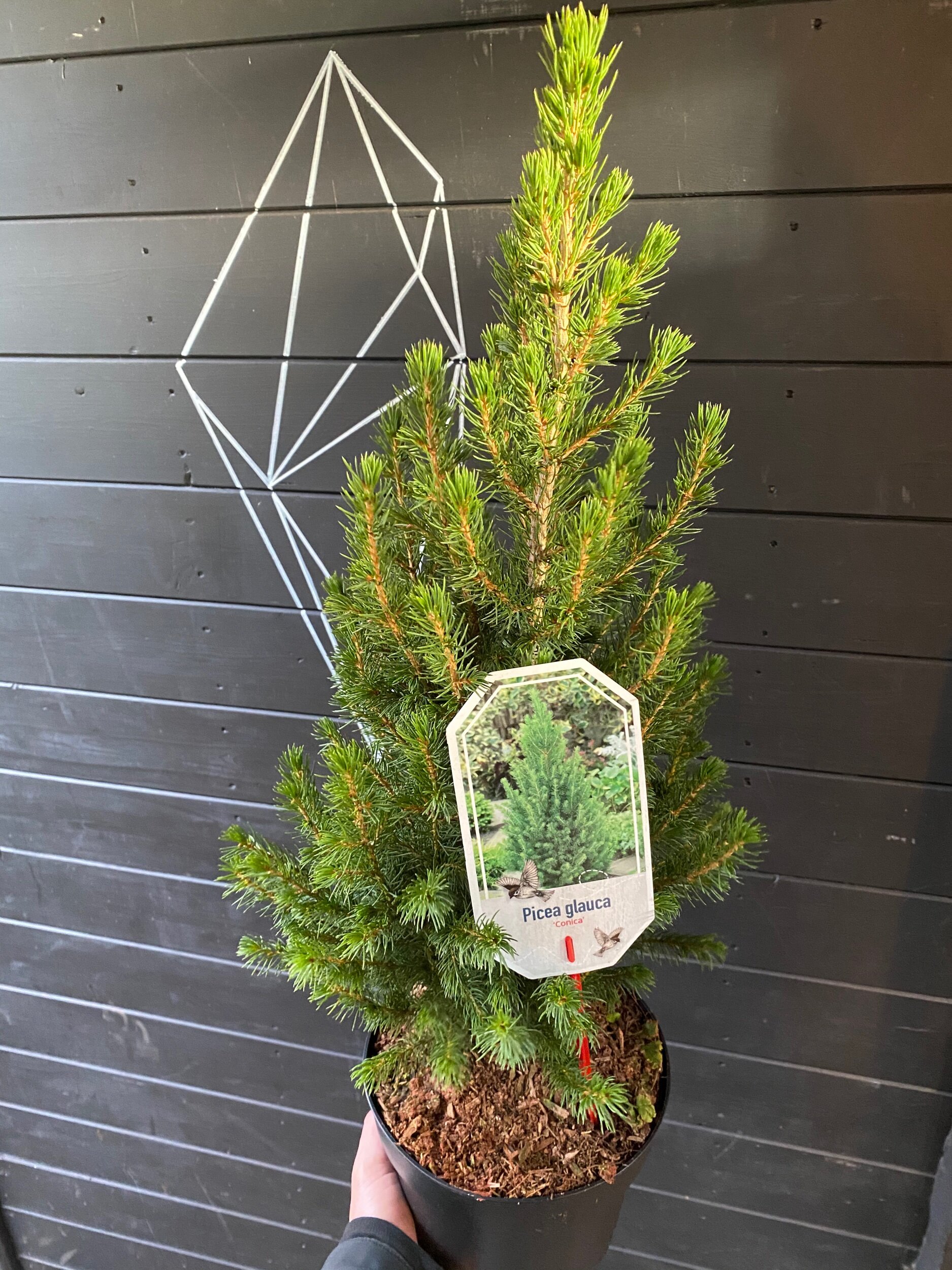 Image 1 of 7
Image 1 of 7

 Image 2 of 7
Image 2 of 7

 Image 3 of 7
Image 3 of 7

 Image 4 of 7
Image 4 of 7

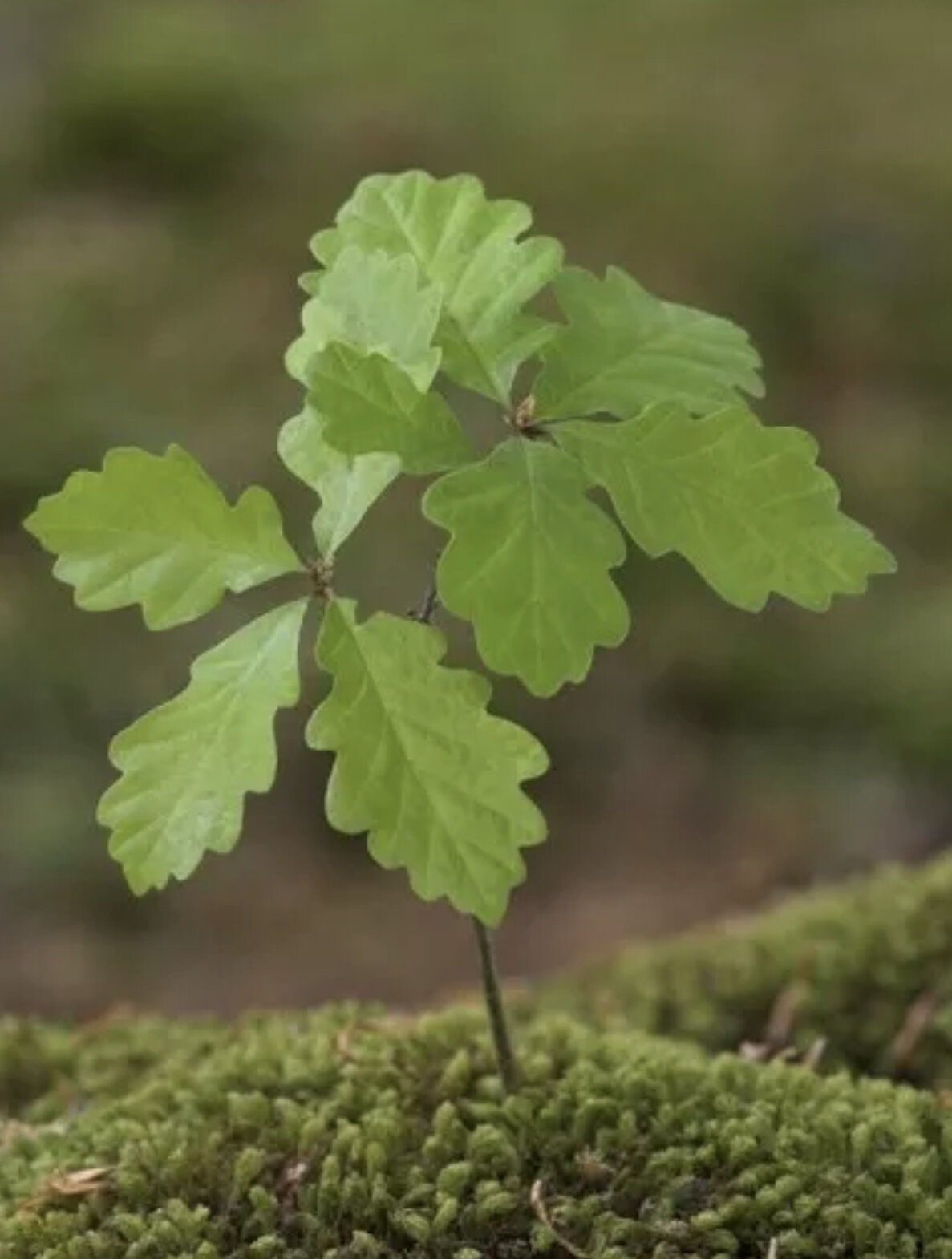 Image 5 of 7
Image 5 of 7

 Image 6 of 7
Image 6 of 7

 Image 7 of 7
Image 7 of 7








English oak (Quercus robur) Plant a Tree Potted Sapling offset carbon 20cm plus
Plant a Tree
Quercus robur is a large, slow growing native tree with a stout trunk and a round, fairly low canopy when it is grown in the open.
Native Oaks are probably the single best tree for supporting wildlife. Their leaves are eaten by more types of caterpillar than any other British tree, and the deeply ridged bark of the old trees is an excellent home for many other insects.
The acorns are a rich source of energy for larger animals that are trying to fatten up during autumn.
Oak leaves are distinctive, with irregular, wavy lobes. They turn brown and muddy yellow in autumn, which makes a good backdrop for other trees with more vivid autumn colour. The short strings of flowers are inconspicuous, appearing at the same time as the new leaf shoots. The flowers develop into green acorns that take over a year to mature and turn brown, usually leaving behind the little "cup" that attached them to the tree when they fall.
Plant a Tree
Quercus robur is a large, slow growing native tree with a stout trunk and a round, fairly low canopy when it is grown in the open.
Native Oaks are probably the single best tree for supporting wildlife. Their leaves are eaten by more types of caterpillar than any other British tree, and the deeply ridged bark of the old trees is an excellent home for many other insects.
The acorns are a rich source of energy for larger animals that are trying to fatten up during autumn.
Oak leaves are distinctive, with irregular, wavy lobes. They turn brown and muddy yellow in autumn, which makes a good backdrop for other trees with more vivid autumn colour. The short strings of flowers are inconspicuous, appearing at the same time as the new leaf shoots. The flowers develop into green acorns that take over a year to mature and turn brown, usually leaving behind the little "cup" that attached them to the tree when they fall.












